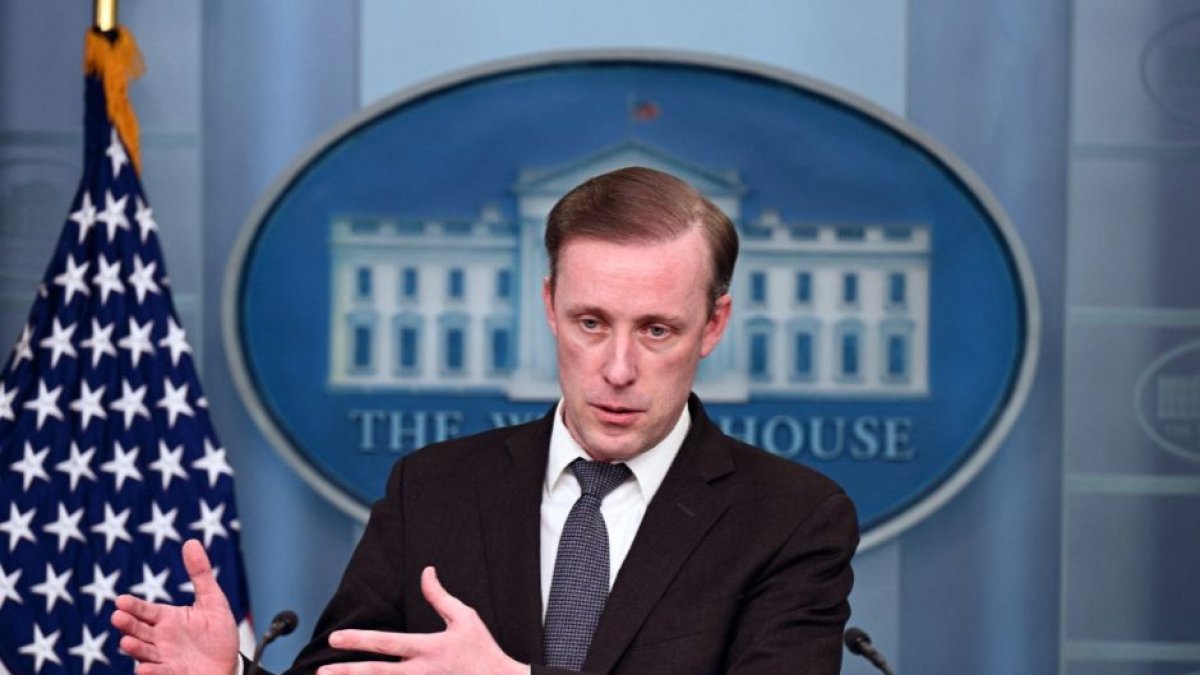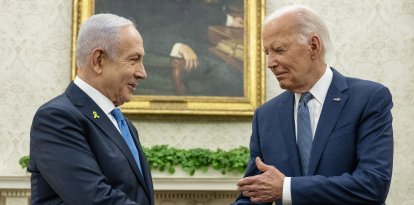White House allocates Army savings to send $300 million in military aid to Ukraine
Defense officials detailed that funding for the new package comes from contracts previously awarded to the US military.

Jake Sullivan ( Brendan Smialowski / AFP)
This Tuesday, the White House announced a new $300 million military aid package for Ukraine, marking Washington’s first shipment of weapons since funds ran out in December of last year.
According to senior defense officials, the package will be financed through savings generated in contracts previously awarded to the armed forces and will include air defense interceptors, artillery projectiles and armored systems.
“Ukrainian troops have fought bravely are fighting bravely throughout this war, but they are now forced to ration their ammunition under pressure on multiple fronts, and we’re already seeing the effects on the battlefield (...) That’s costing terrain, it’s costing lives and it’s costing us the United States and NATO Alliance strategically,” National Security Advisor Jake Sullivan said before announcing the new aid package to Ukraine.
According to officials, the measure is presented as a temporary solution, capable of containing the advance of Russian troops for only a few weeks. However, allocating more money to Ukraine is becoming increasingly complicated.
Recently, the Senate approved a significant international aid package that seeks to allocate a total of $95 billion to countries such as Taiwan, Israel and Ukraine. The Ukrainian government would benefit the most, receiving a significant allocation of $60 billion. However, this bill may not pass in the House of Representatives because the proposal leaves out efforts to mitigate the border crisis facing the country.
Since the Russian invasion in February 2022, the Biden Administration has sent over $75 billion in cash and equipment to Ukraine, primarily focusing on military operations, government maintenance and humanitarian needs.
Meanwhile, the United States continues to face significant security challenges stemming from the entry of illegal immigrants, smuggling, and other border issues.

























